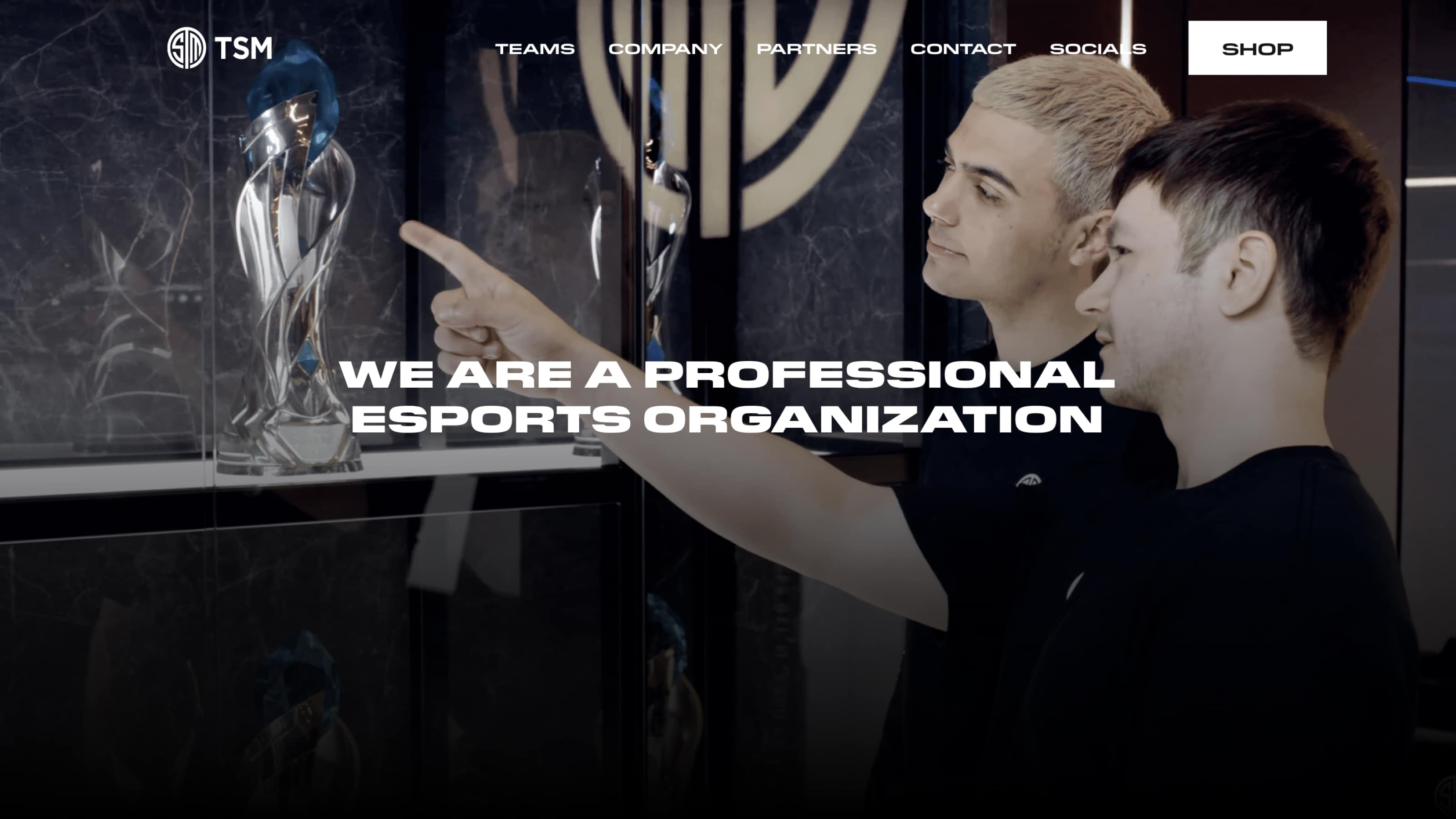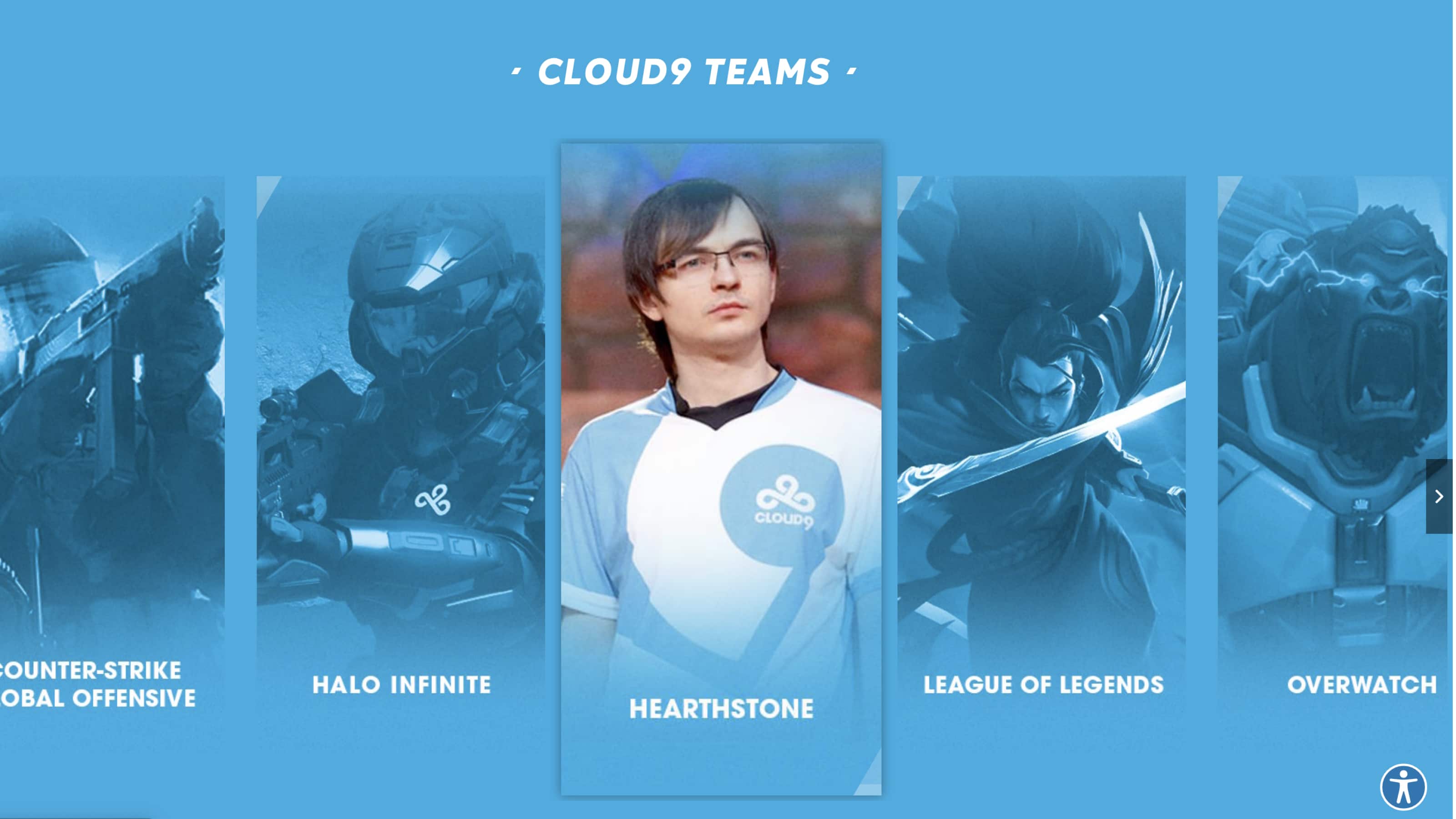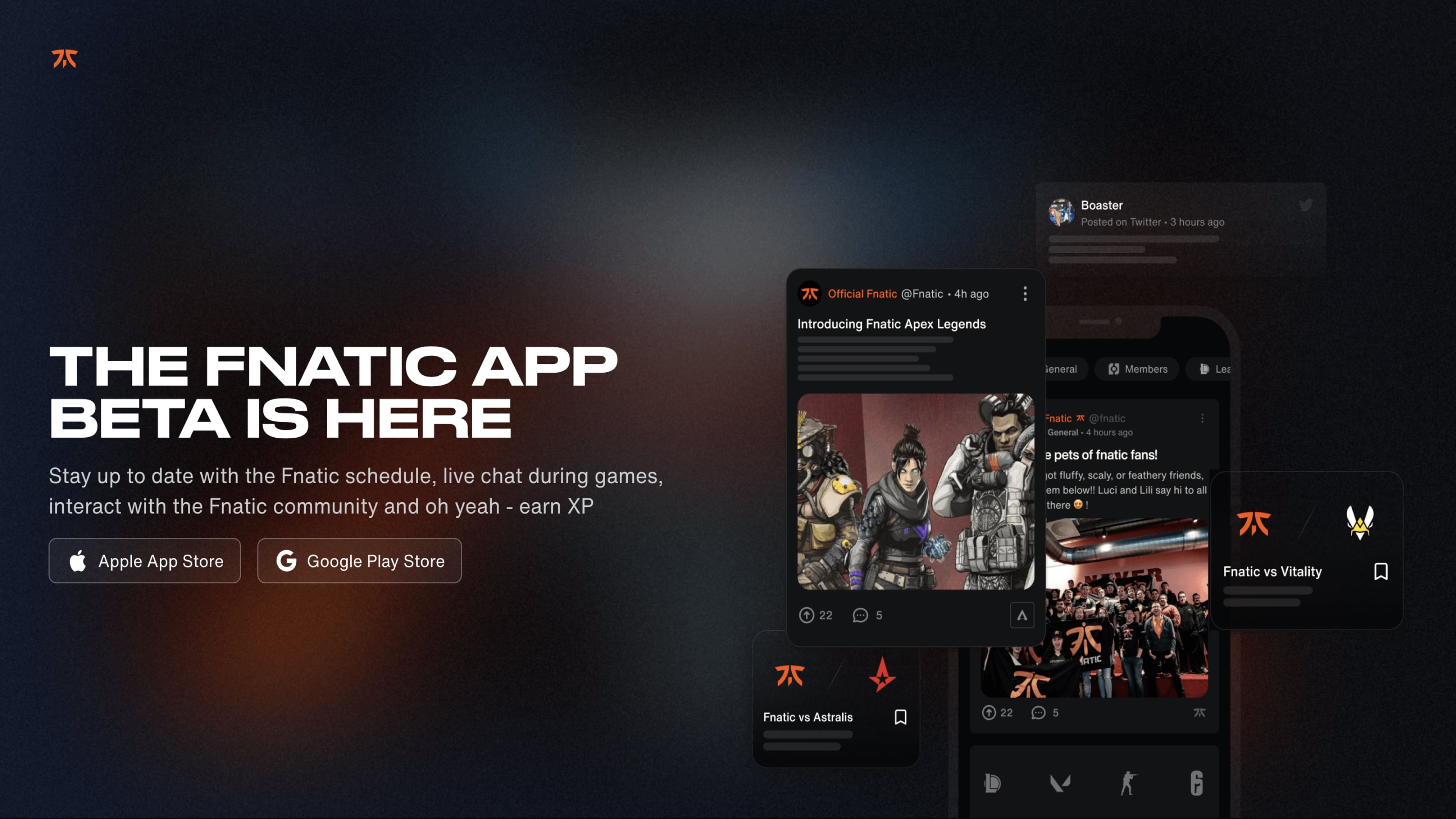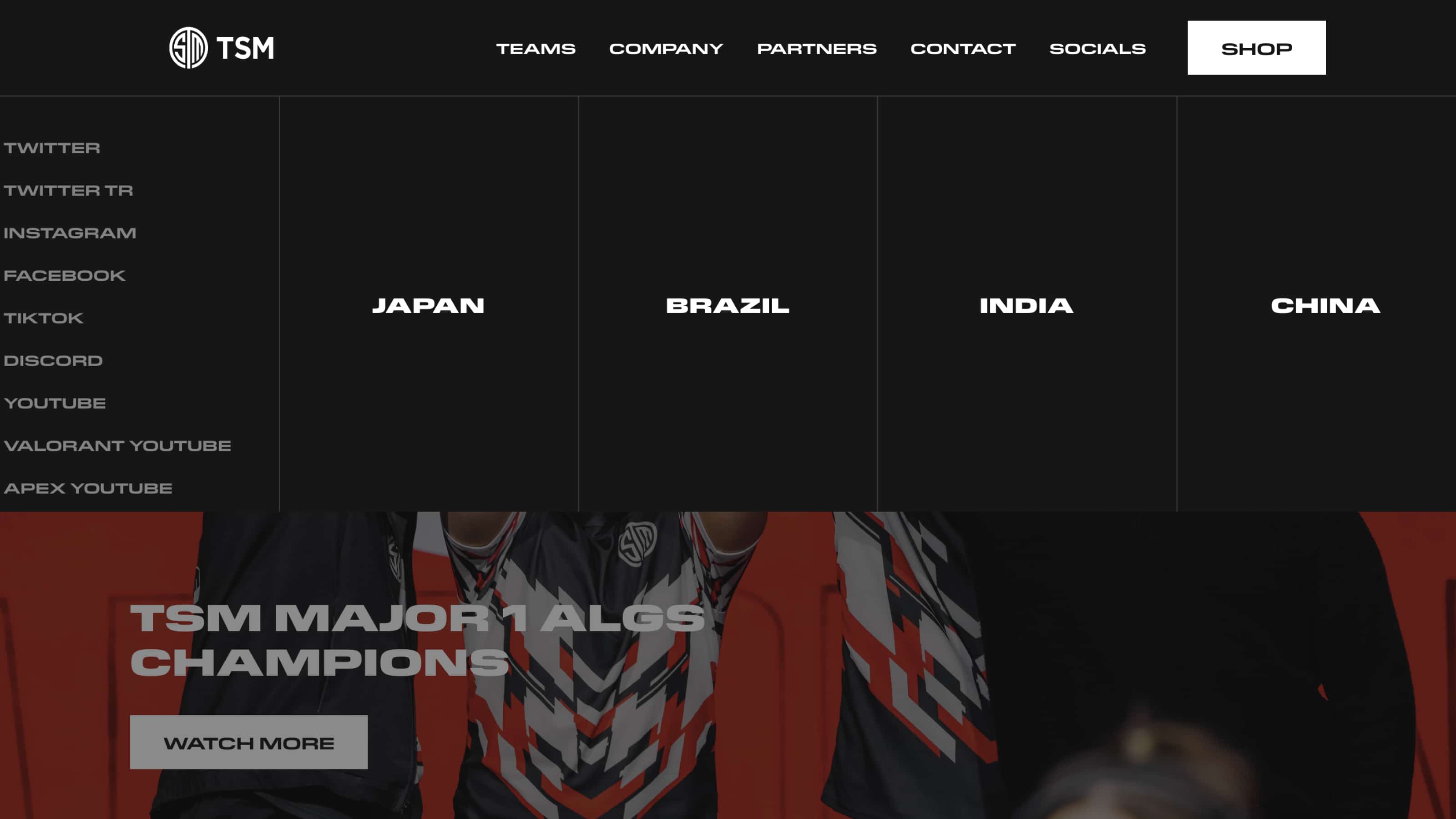The power of engaging online platforms in the rise of eSports
The rise of eSports has been one of the most significant developments in the world of sports and entertainment in recent years. As competitive gaming continues to gain popularity and mainstream recognition, the importance of websites for teams and organizations has also grown.
Websites are critical for teams and organizations in the eSports industry because they serve as the primary platform for engaging with fans, providing information about events, promoting sponsorships, and showcasing the team’s brand identity. A well-designed website can help an eSports team or organization build a strong online presence, establish credibility within the industry, and differentiate themselves from competitors. In addition, as the eSports industry continues to evolve and grow, websites have become essential for teams and organizations to stay relevant and competitive. Through their websites, teams, and organizations can provide up-to-date information on player rosters, upcoming events, and team performance, as well as connect with fans through social media and other online channels.





